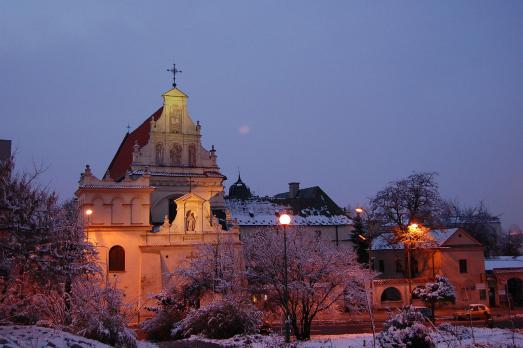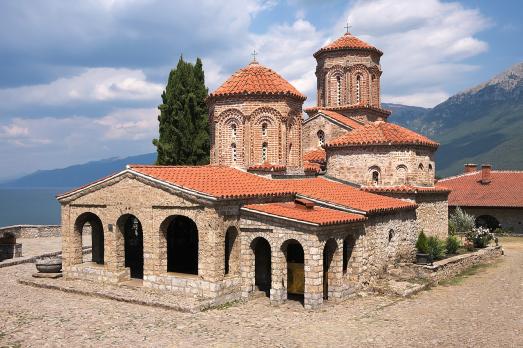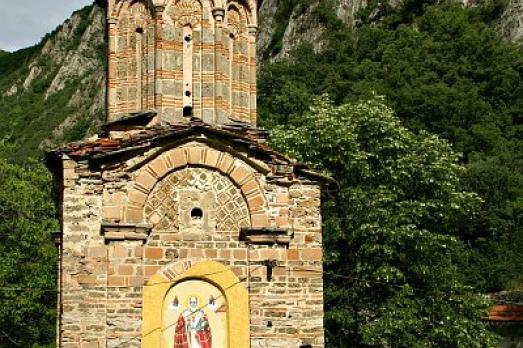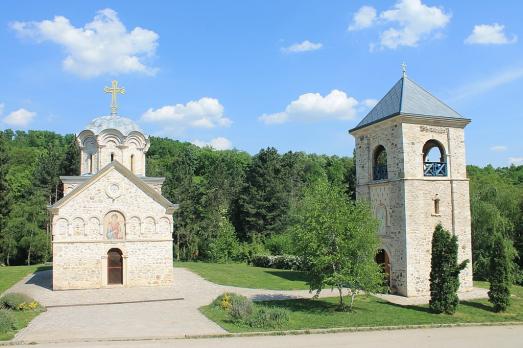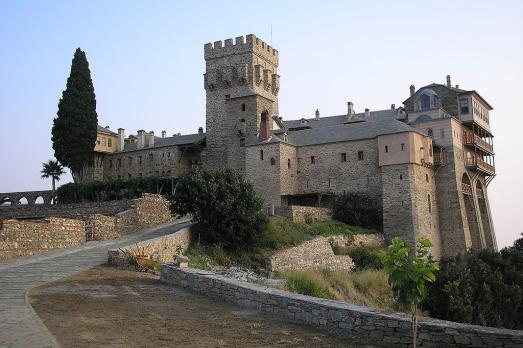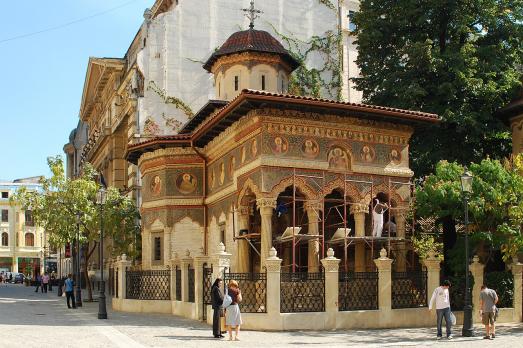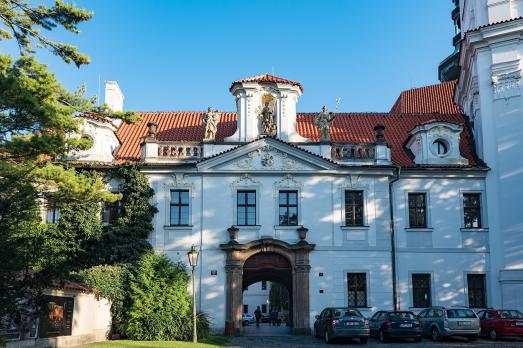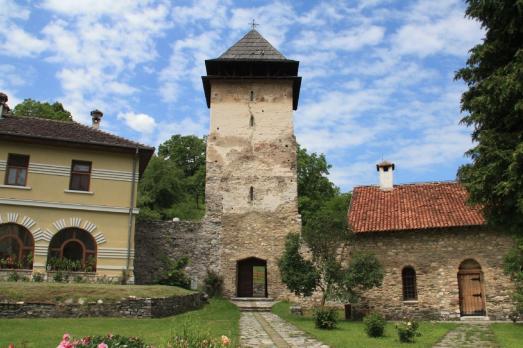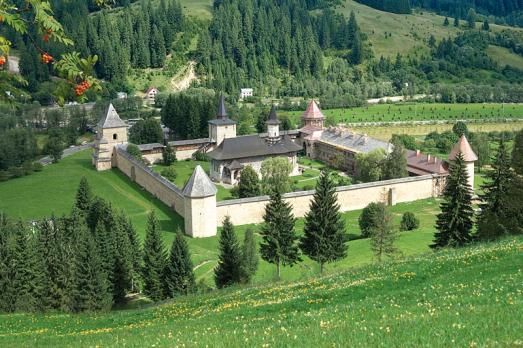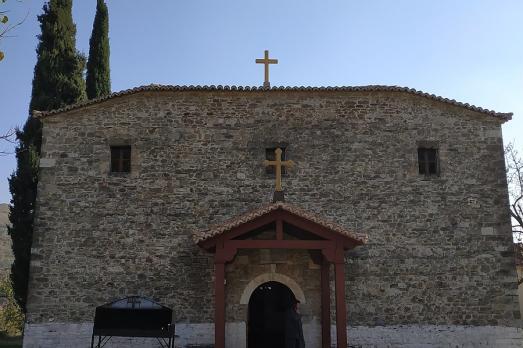
St. John Vladimir Monastery
Shijon, AL
The monastery of St. John Vladimir, built at the end of the 14th century, is an important monument in medieval Albania, and one of the largest sacred complexes in the country. The monastery was almost completely destroyed by fire in 1944, but the walls painted in the 18th century were spared.
